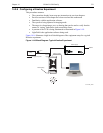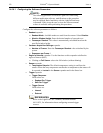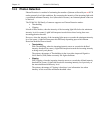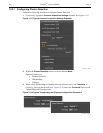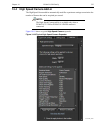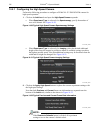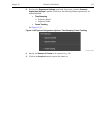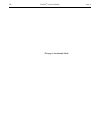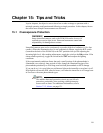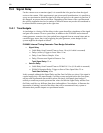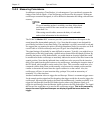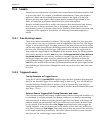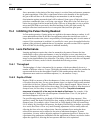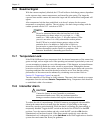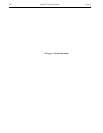
229
Chapter 15: Tips and Tricks
In prior chapters, the objective was to show how to take an image or spectrum with a
minimal operating configuration and following a simple procedure. In this chapter, factors
that affect more complex measurements are discussed.
15.1 Overexposure Protection
WARNING!
Image intensified cameras such as the PI-MAX4 can be destroyed if
exposed to excessive light levels. Princeton Instruments cannot take
responsibility for damage due to misuse.
Intensified cameras must not be continuously exposed to high-level radiation ( 10
-4 foot
candles.) When the illumination level is not quantitatively known, toggle the
I.I.T. switch
(located on the back of the PI-MAX4) to the OFF position while you are adjusting the
incoming light level. After making adjustments, toggle the switch to the
ON position. If the
alarm sounds repetitively, toggle the switch back to
OFF and readjust the lighting
conditions.
If the experimental conditions dictate that only a small portion of the photocathode is
illuminated over relatively long periods of time, change the illuminated region of the
photocathode periodically to avoid long term localized photocathode or MCP damage.
If you can do so, it is a good idea to avoid intense light on the intensifier even when it is off.
High light levels increase EBI, often for hours, even when the intensifier is off. Image burn-
in can occur with some photocathode types.
NOTE:
The audible alarm and protection circuits are not fail-safe
protection, particularly when working with high intensity
sources such as lasers. For additional information, refer to
Section 7.2.2, Alarms, on page 121.



